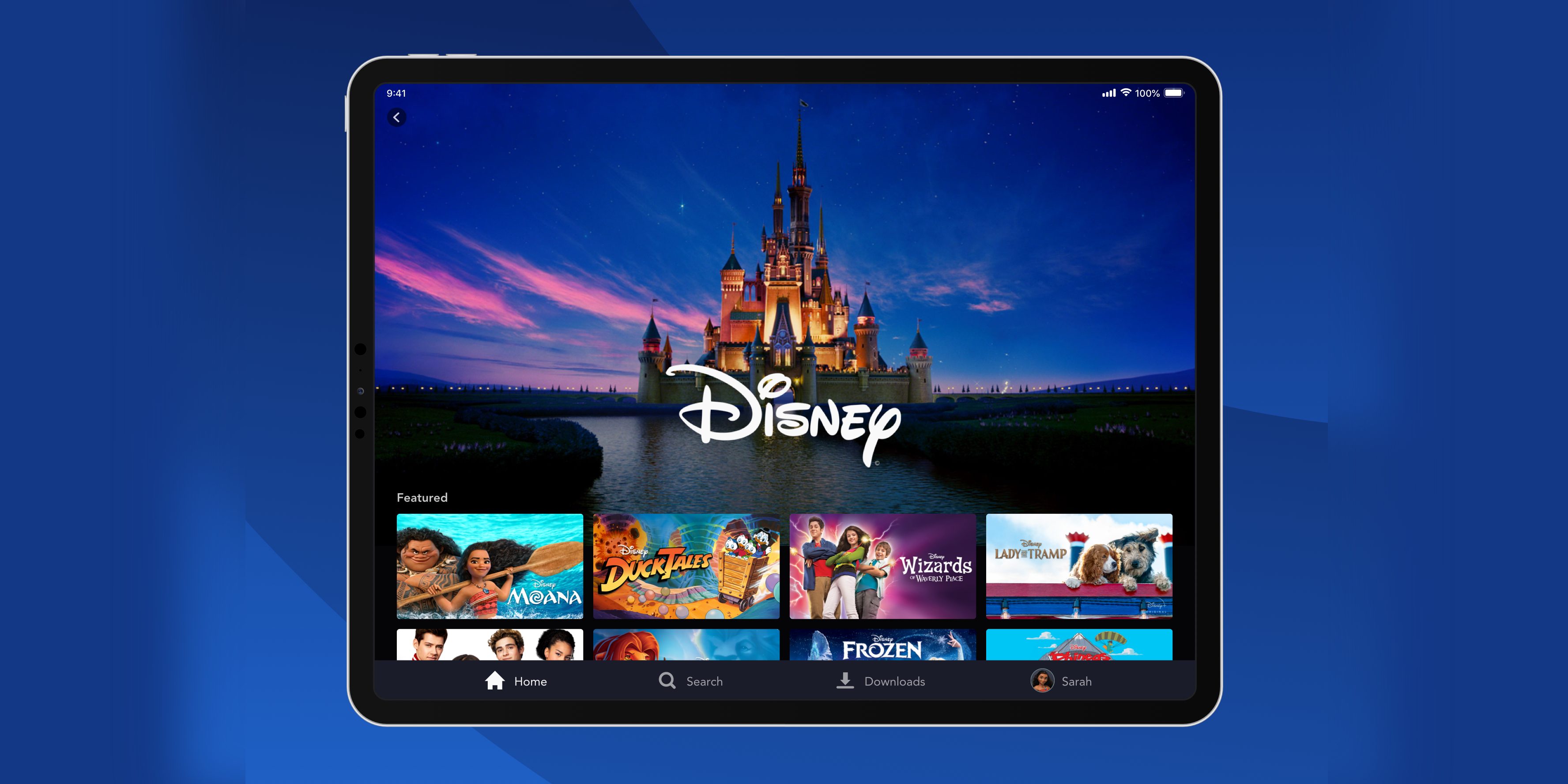Disney Unpacks Eye-Popping $33 Billion Programming Plan To Make Disney Plus and Hulu More Enticing
Disney next year will spend nearly twice as much on content as Netflix did in 2021

Well, that wasn’t very nice. Late Wednesday afternoon—i.e., while nearly everyone in the media-technology business headed off to Thanksgiving a half-day early—Disney tossed a most interesting data dump over the transom at the Securities Exchange Commission.
The most eye-catching bit in the company’s annual report: Disney said it will spend $33 billion on programming in 2022, up nearly a third from this year’s $25 billion.
For comparison, Netflix spends around $17 billion a year, 80% of it on originals. And when Discovery and WarnerMedia finally consummate their marriage, matchmaker/CEO-in-waiting David Zaslav said the combined company will spend $20 billion a year. So, this is a very big bump.
Even more importantly, the $8 billion in new spend will beef up the anemic original programming on its direct-to-consumer streaming operations at Disney Plus, Hulu and ESPN Plus, i.e., the media company’s fiscal future.
“The increase is driven by higher spend to support our DTC expansion and generally assumes no significant disruptions to production due to COVID-19,” according to the annual report.
That presumption of “no significant disruptions” is, it turns out, quite the caveat, given the stock market meltdown on Black Friday after news surfaced of a worrisome new virus variant out of South Africa. But I digress.
The bigger issue is why Disney chose to file that oh-so-interesting annual report on one of the least-scrutinized days of the year, before what is a four-day weekend for many, when it might easily be overlooked and forgotten by the following Monday.
NEXT TV NEWSLETTER
The smarter way to stay on top of the streaming and OTT industry. Sign up below.
Perhaps they were hoping the market wouldn’t notice the huge new spending commitment, and its short-term implications for the company’s stock price. Turns out, going DTC is really expensive at the front end, especially if you’re trying to maintain your legacy operations (see also, The Bachelor/Bachelorette, Grey’s Anatomy, The Good Doctor, etc.)
If that was the strategy, it didn’t work.
Share prices dropped $4 beginning at 3:30 PM on Wednesday, and stayed down Friday, no doubt further depressed by potential impacts of that COVID variant on Disney’s reviving parks and resorts segment.
Shares are now down 20% since a September peak of almost $186 a share, fading quickly as flattening subscriber adds sunk in with previously enthusiastic investors.
The good news, though, is it appears Disney executives have come to terms with the significant investments they’ll need to compete with the deep pockets of Amazon, Netflix, Warner Bros. Discovery and an increasingly interesting Apple TV Plus.
Disney also flexed its streaming muscles in other ways this past week:
> It boosted the price of Hulu + Live TV, its skinny bundle, by $5 a month, to $70 for the ad-supported tier, and $76 for ad-free. That price grazes the levels that cord-cutters might care about in a traditional bundle, but at least the bundle now includes Disney Plus and ESPN Plus. That long-overdue move represents significant value to subscribers and should soften concerns about the price hike. It likely will further bolster the Disney bundle strategy, and give both of its non-Hulu U.S. streaming services a backdoor boost to subscriber levels.
> Over the holiday weekend, one-year subscriptions to Hulu itself were available for new and some returning customers for just 99 cents a month (the deal expires Monday night at midnight PT).
Regardless, more program spending is definitely in order. For all that Disney has spent previously on its DTC operations, they just seem underfed.
Disney Plus’s few truly original shows, like The Mandalorian and WandaVision, have done well. We’ll see soon enough the reception to the channel’s newest series, another spinoff centered on a lesser Marvel character (Hawkeye), but one at least features Oscar nominees Jeremy Renner and Hailee Steinfeld.
As for ESPN Plus, I’m still trying to figure out the value proposition for viewers who aren’t fans of Tarleton State women’s softball and similar highly local, low-level sports programming. For all of Disney’s massive sports-rights spending, little of that high-end programming seems to filter down to the Plus, which has mostly been a minus.
And Hulu might actually be worth 99 cents a month, if not its usual $6.99 price. But there’s little notable original programming, beyond The Handmaid’s Tale, the puckish The Great, and consolidated access to John Landgraf’s brilliant FX cable programming over the past decade.
Worst of all for Hulu, rumors keep surfacing that Comcast will pull its programs there, so it can beef up its own underfed bird, Peacock. Hulu without Comcast programming will look pretty lean indeed.
So it’s worth asking if $8 billion more on streaming content is enough. Again, it’s spread across three services. It represents about half of Netflix’s plenitude of programming, and less than half of what’s on tap for Zaslav’s new beast. Apple said it will debut a new show every week next year.
That huge overall Disney number also includes spending on ABC and other legacy linear channels, and production of its endless string of blockbuster features from Marvel, Lucasfilm and Pixar. It also includes all those gigantic sports-rights deals the Mouse House has signed with the NFL, SEC college football (note for non-sports types, not to be confused with the federal regulator), NHL, NBA, Major League Baseball and more.
Given that, it’s also worth asking whether Disney should start shifting resources out of ABC, Disney Channel, FX and other operations, at least for their legacy operations. Yes, there are still audiences, and money to be made there. =
But at what point does Disney start treating the studios behind those channels primarily as feeders of DTC content rather than as cable and broadcast operations whose shows eventually end up somewhere online?
Perhaps Disney will let us know what it’s thinking on this rather important issue in time for the next Thanksgiving Eve data dump.
David Bloom of Words & Deeds Media is a Santa Monica, Calif.-based writer, podcaster, and consultant focused on the transformative collision of technology, media and entertainment. Bloom is a senior contributor to numerous publications, and producer/host of the Bloom in Tech podcast. He has taught digital media at USC School of Cinematic Arts, and guest lectures regularly at numerous other universities. Bloom formerly worked for Variety, Deadline, Red Herring, and the Los Angeles Daily News, among other publications; was VP of corporate communications at MGM; and was associate dean and chief communications officer at the USC Marshall School of Business. Bloom graduated with honors from the University of Missouri School of Journalism.

